1. Journalist Quang Hao's small garden is full of trees and flowers. Under the shade of the green trees are flower pots, ornamental plants, and bonsai trees in bloom and showing off their shape. As someone who loves trees, he is willing to spend a lot of time and effort to save discarded tree stumps, cherish them, and shape them. In his garden, he told about his journey to find CDSVN in Long An : "The first CDSVN I made a profile for was the tram tree in Cai Yen mound, Khanh Hau ward, Tan An city. The tram tree is a living testament to the ancient primeval forest there, before the land of Cai Yen mound was reclaimed by Vietnamese people to establish a village. That was the first time I made a profile, because I was not familiar with it, I also encountered some difficulties, but with the help of a few friends in measuring, the process did not take too much time." Not long after the profile was sent, the tram tree in Khanh Hau village was recognized as a CDSVN. Since then, the "old" thief has received more attention, protection and care from the government and the people.
Journalist Quang Hao next to the tree - a Vietnamese heritage tree in Khanh Hau ward, Tan An city (Photo provided by the character)
After the tamarind tree in Khanh Hau village, journalist Quang Hao continued to travel to localities in the province to find ancient trees with cultural and historical value to prepare documents to request recognition as a Vietnamese cultural heritage. One by one, the cluster of ancient tamarind trees in Rach Nui pagoda (Can Giuoc district), the cluster of ancient trees in Noi pagoda (Vinh Hung district), 2 banyan trees in Van Phuoc communal house (Can Duoc district), and the tamarind tree in Ba Cum village (Ben Luc district) were recognized as Vietnamese cultural heritage.
2. Each ancient tree carries a story and is a "witness" to the history of land reclamation and the struggle for national liberation. As time passes, if those stories are not painstakingly searched for and preserved by journalist Quang Hao, they will gradually fade away. He pensively shared: “Trees are often associated with the spiritual life of our people since the beginning of land reclamation and village establishment. During our ancestors' journeys to the South, their luggage often included a tree from their homeland and ancestral land. When they reached their destination, our ancestors would often plant trees and build a communal house. That is why the image of the banyan tree, the well, and the communal house roof are always attached to the memories of many generations. So it can be said that the Vietnamese People's Army is a sacred asset left by our ancestors, each tree holds its own story.”
Although the tamarind tree in Ba Cum village did not meet the criteria, thanks to its cultural and historical value, it was recognized as a Vietnamese Heritage Tree.
He has witnessed many times the regret and sorrow of his friends when they could not find the trees they were attached to. Those stories made the journalist clearly feel the connection between trees and human life and urged him to devote a lot of effort to the journey to find CDSVN in all localities in the province. For an "old" tree to be recognized, he had to go back and forth many times, examine and measure to get the necessary parameters, ask the elderly in the village; at the same time, search for historical and archaeological information to verify and have more basis. Not only that, after completing the dossier, he also wrote a separate presentation on the cultural and historical value of the tree, took and developed photos of the tree to send with the dossier. In addition, he also wrote articles to contribute to local press agencies, contributing to helping the Review Council have a basis to recognize CDSVN. He did all of that voluntarily, wholeheartedly, without needing any honor or support.
When he knows where there is an ancient tree, he is ready to go there alone. He said: “Each Vietnamese ancient tree is over 200 years old, witnessing the vicissitudes of that land and the memories of the villagers. Preserving Vietnamese ancient trees is not only meaningful in preserving the cultural values of the nation but also contributes to exploiting and developing local tourism . Vietnamese ancient trees are often associated with religious establishments of the people such as communal houses, pagodas, shrines, etc. And if we can preserve the hundred-year-old trees at places of belief and worship, it will be a special highlight when developing spiritual tourism. Because our people often believe that the “old” trees also have souls.”
In the near future, the banyan tree in An Thanh village (Ben Luc district) will be recognized as a Vietnamese cultural heritage and he has started to research and prepare documents for the tree in Tan An city. With only his passion and love for trees, veteran journalist Quang Hao is still tirelessly on his journey to find a Vietnamese cultural heritage, preserving precious things for future generations./.
Guilin
Source link


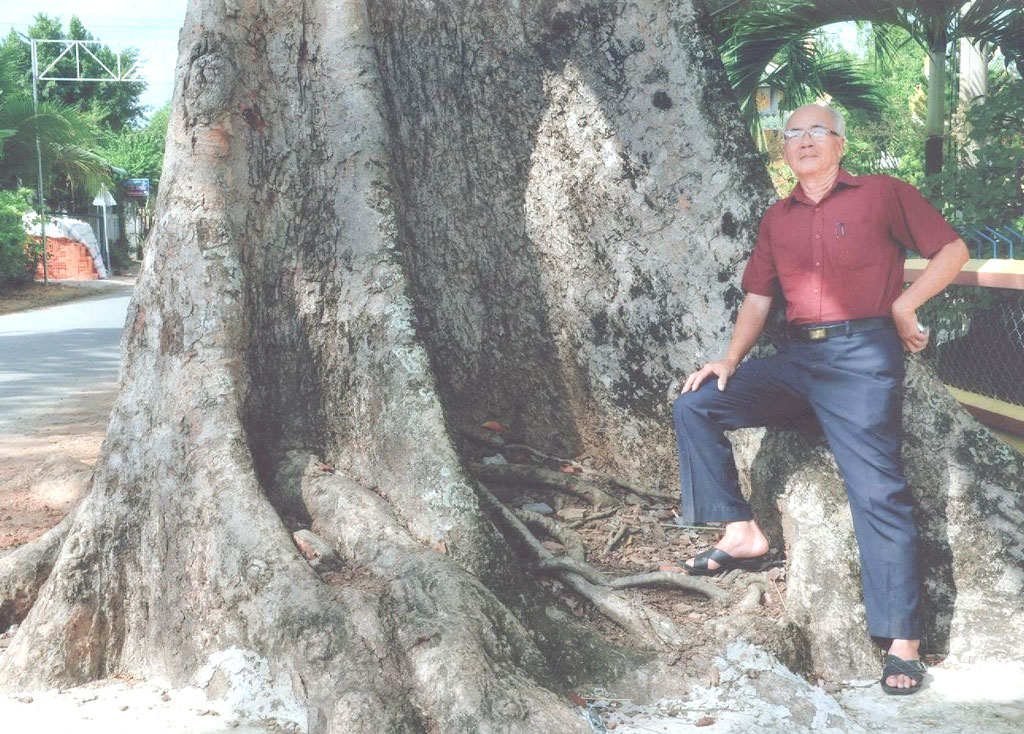
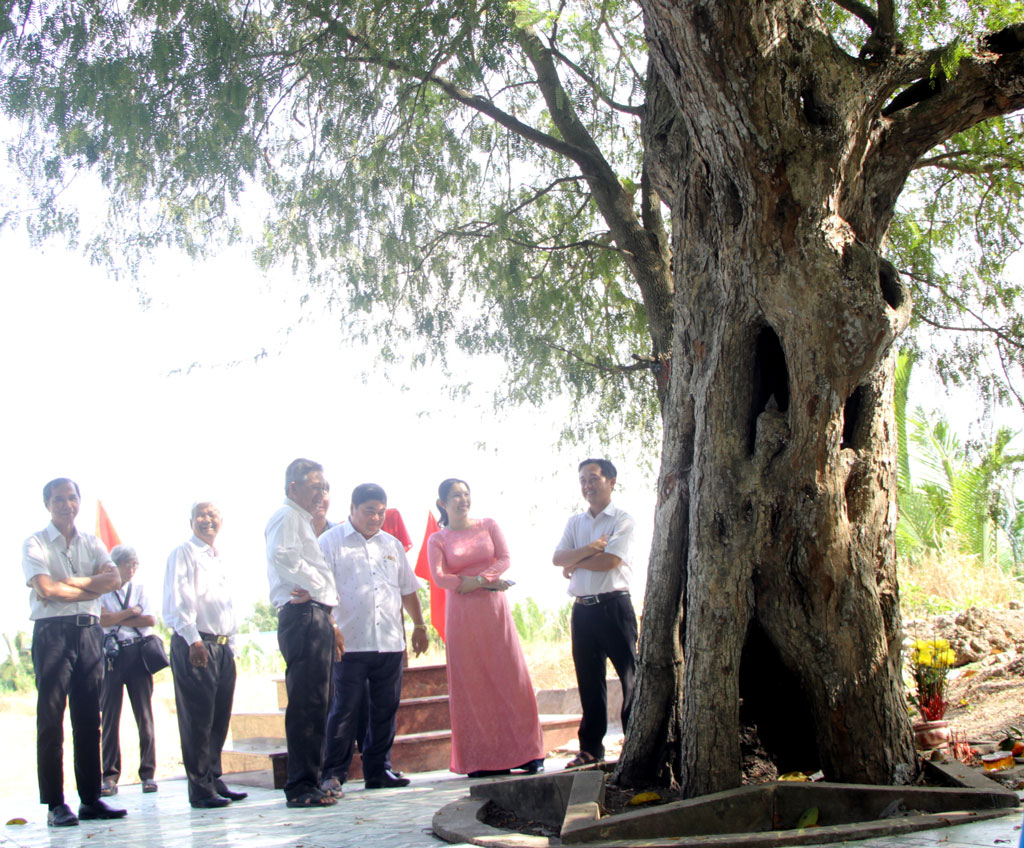

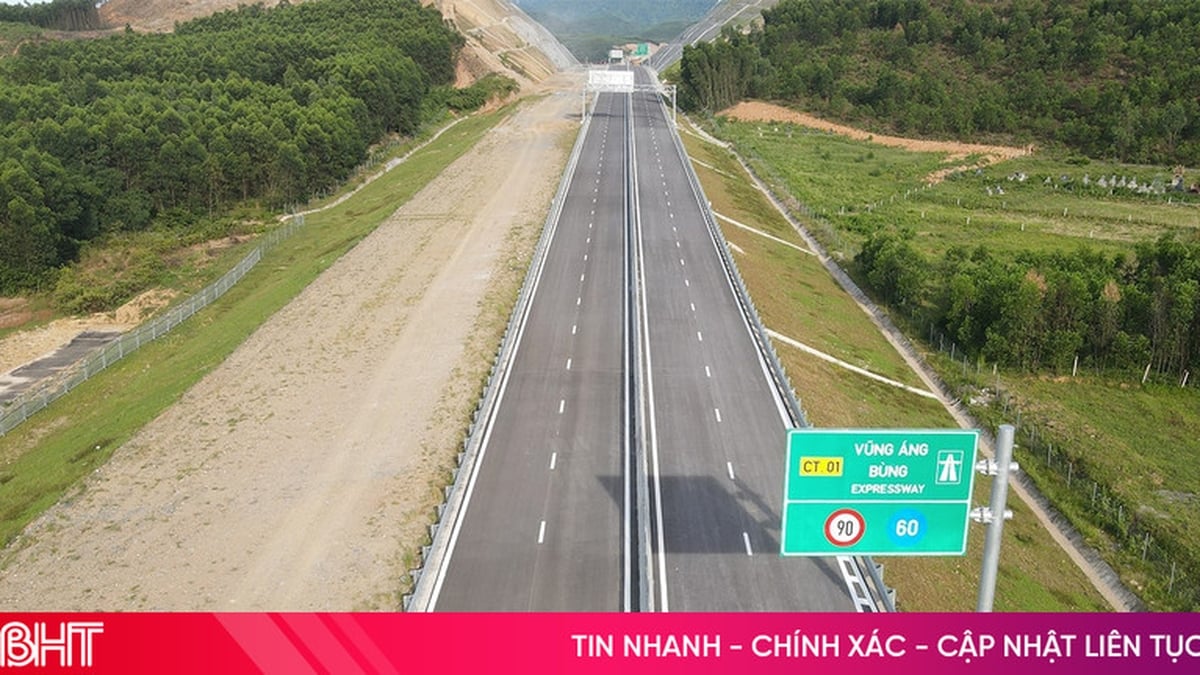
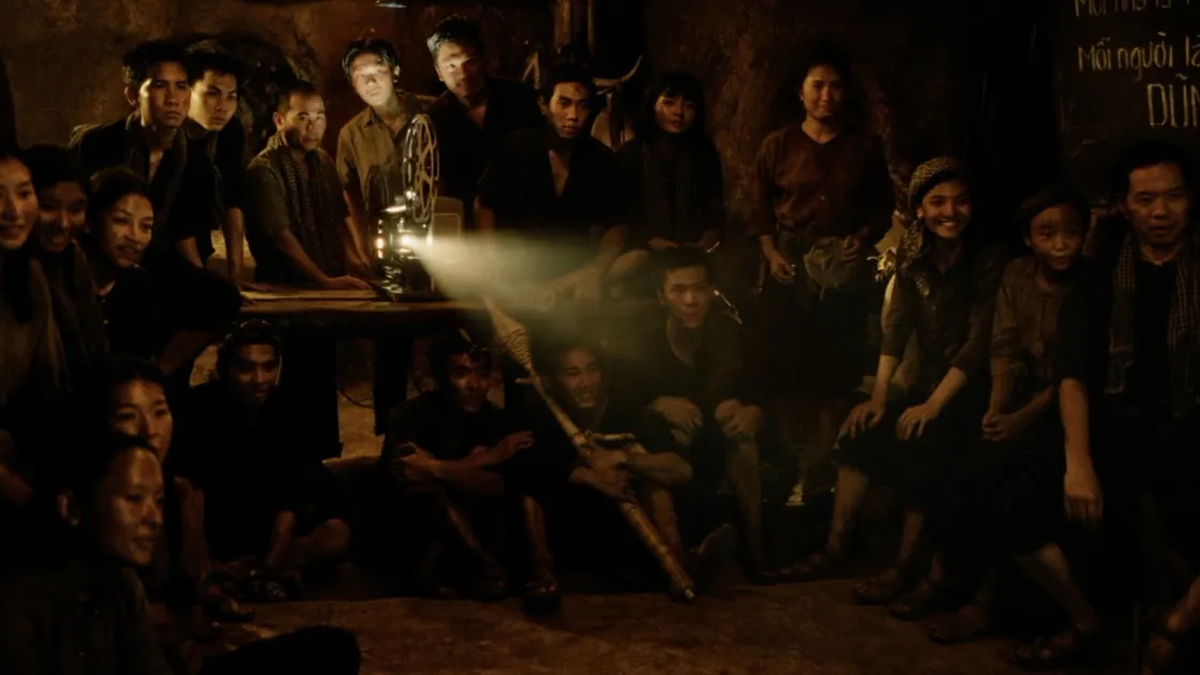
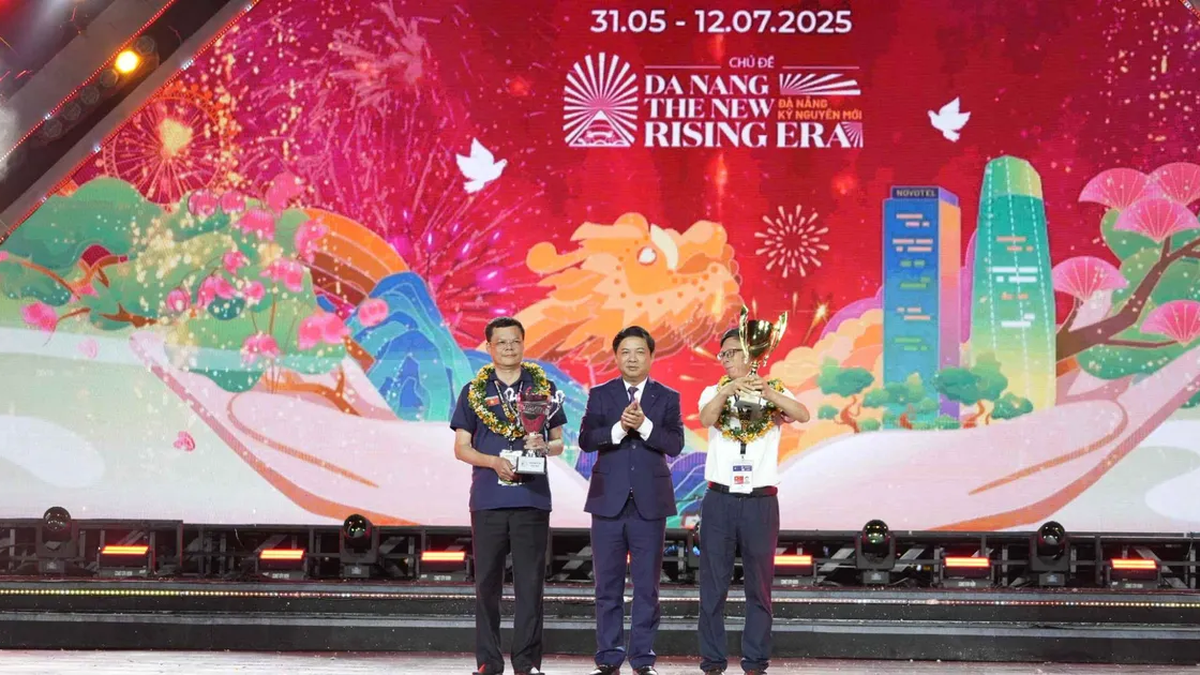
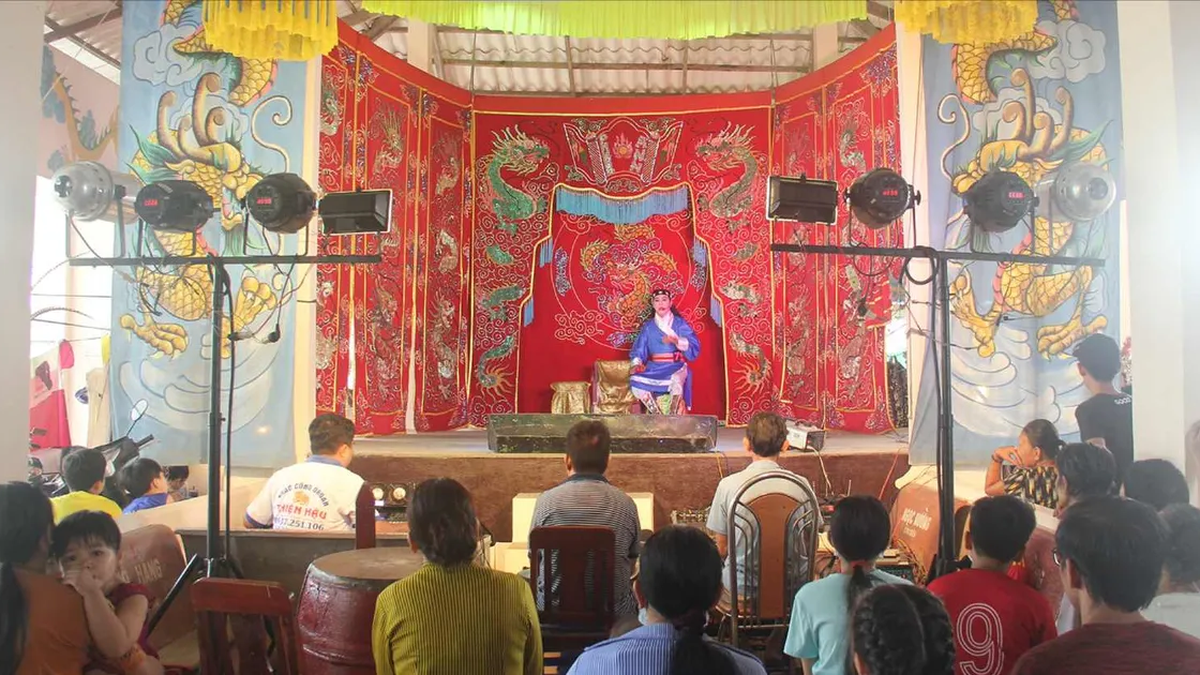


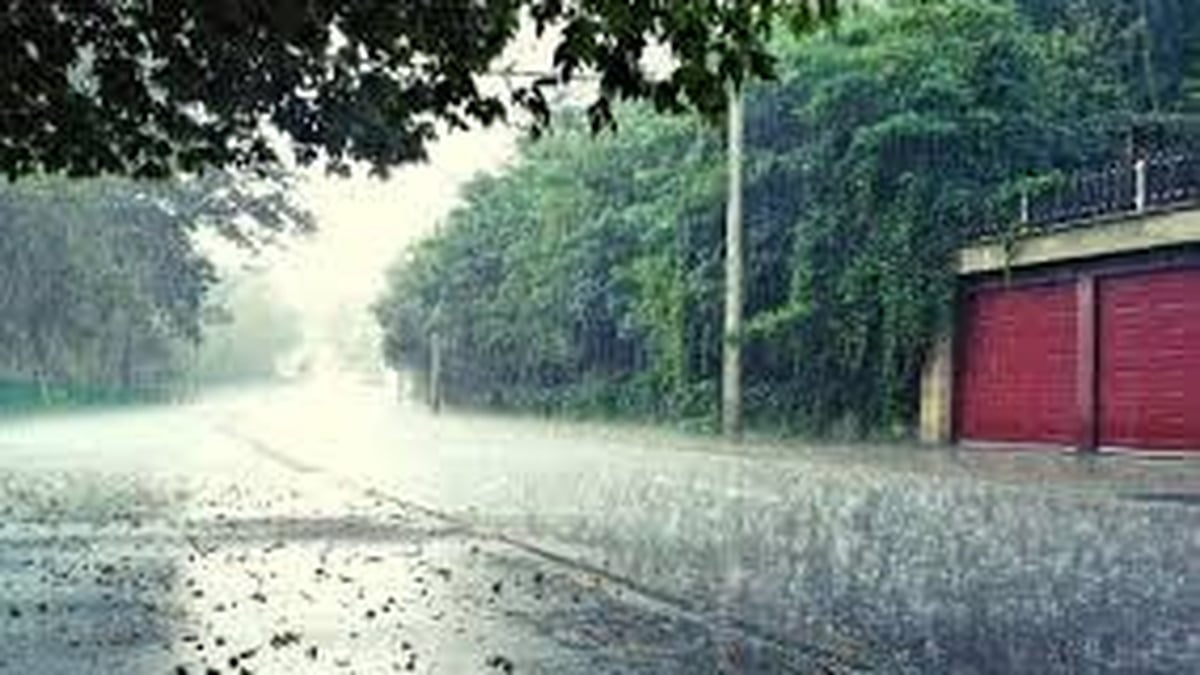
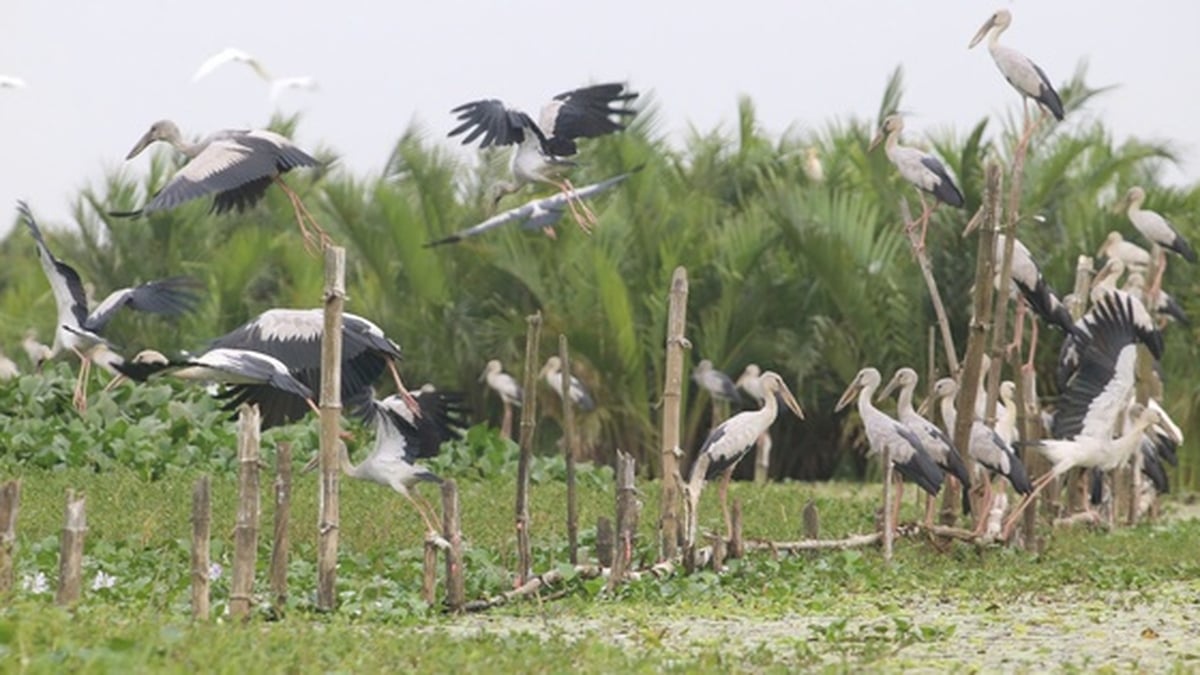
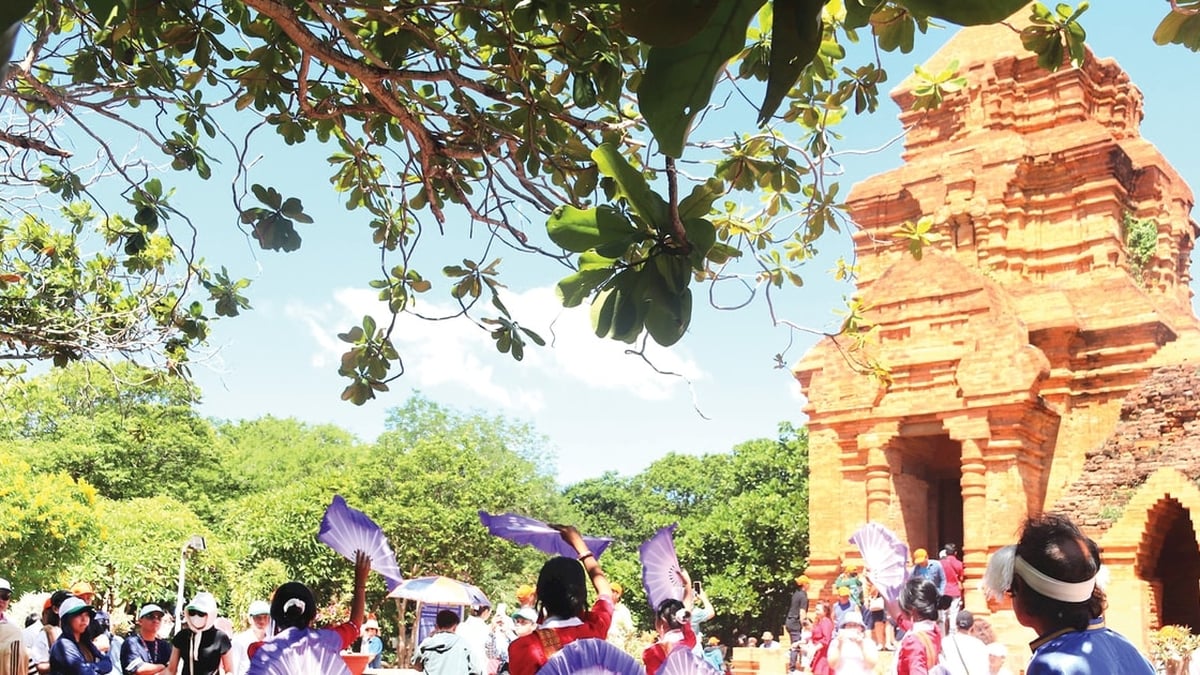
























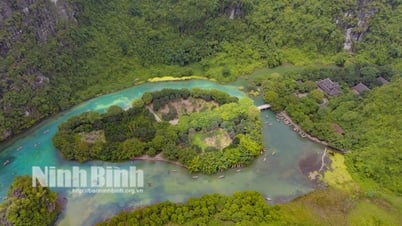

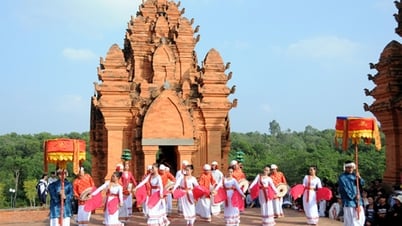



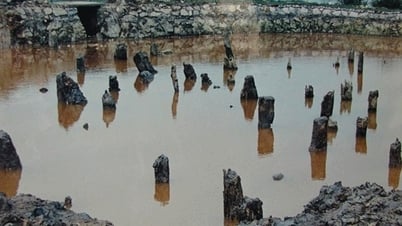

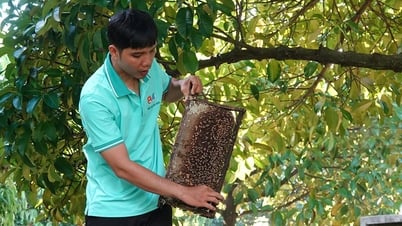



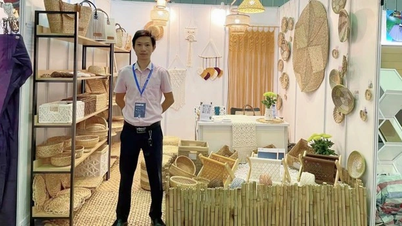
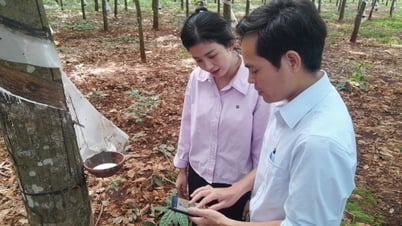



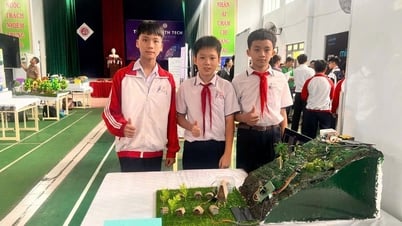








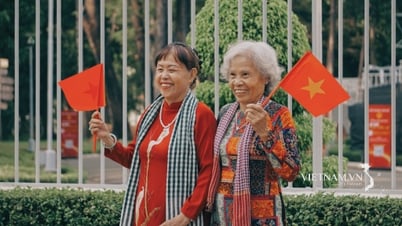













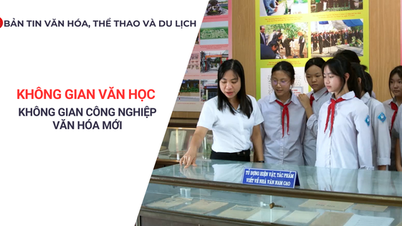

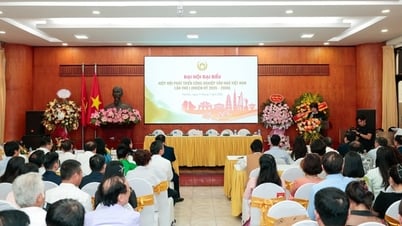






















Comment (0)